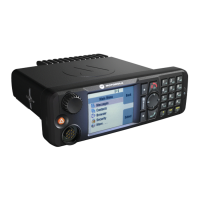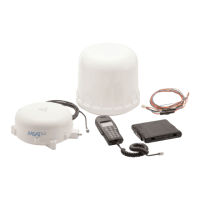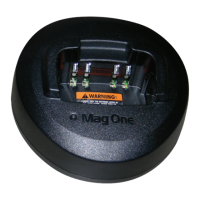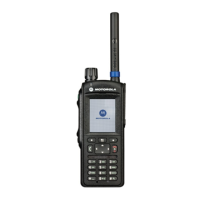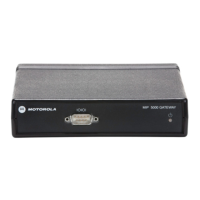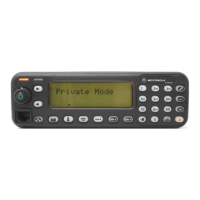30
High-Level Programming
Flow
The overview of the flow of programming in this example is as follows:
1. Read the radio.
2. Assign button/switch functions that differ from factory defaults.
3. Create a second scan list. (List members must not be filled in at this
time.)
4. Set up the phone number list.
5. Create/configure conventional personalities.
6. Assign personalities to switch positions on the ZONE/CHANNEL
ASSIGNMENT screen (F4/F8).
7. Fill in scan lists with the desired zone/channel entries.
8. Program the radio.
This programming flow was chosen because it minimizes navigation
between screens.
Step-by-Step
Programming
Instructions
The directions in the rest of this chapter are designed to give you an
overview of the radio programming procedure. Use the sample charts
in this chapter to record the features that you wish to program into
your radio. Refer to Appendix G for a blank form you can use in future
when programming conventional radios.
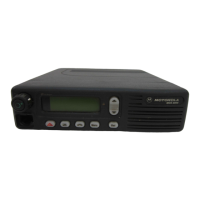
